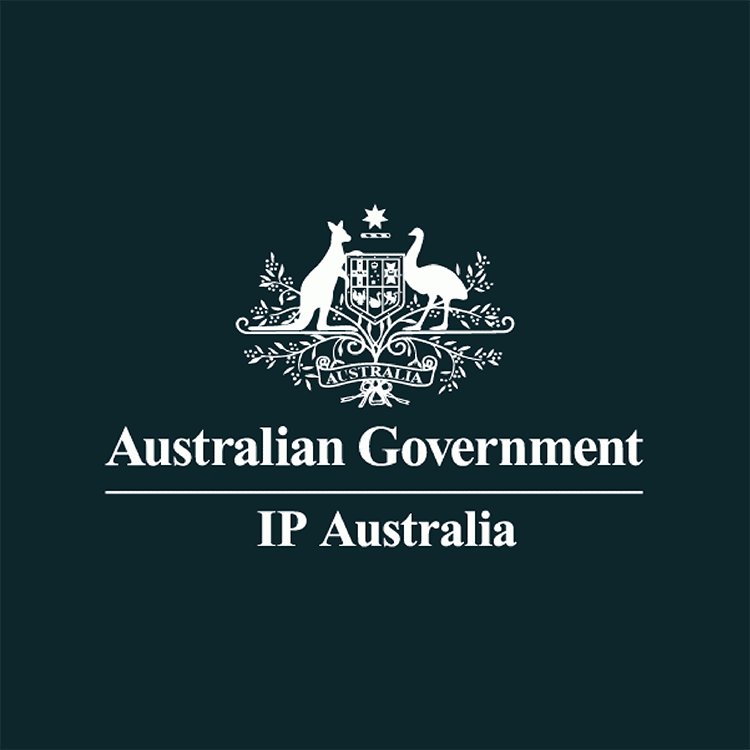Taking your business and its intellectual property global
Embarking on the journey of exporting is exciting for any business owner looking to expand into global markets. Before entering your chosen market, it’s important to plan early, and develop a strategy to protect your intellectual property (IP) in international markets.
As part of your planning and IP strategy development you might consider if you need overseas IP protection. It’s important you understand the unique requirements of each country, the opportunities and risks involved when going global, and include these in your IP strategy.
Before you get started, consider the below points as you develop your strategy:
Plan and research
- planning is an important first step in the process of applying for IP right protection. It’s essential to conduct thorough research on the markets you wish to enter, as this will provide valuable insights into the potential opportunities and challenges that may arise
- within your plan, consider costs involved in seeking protection including registration fees, and the costs of defending your IP against infringement. This may be crucial for you as they will directly impact the number of countries you choose to apply for protection in
- the application process can vary significantly from one country to another. It’s important to familiarise yourself with the specific requirements of each country you intend to trade in. This could mean applying directly to each country, or through a single filing with the World IP Organisation (WIPO) that can reach multiple countries simultaneously. The method you choose will largely depend on the type of IP right you are seeking to protect
- take the time to plan and research. By doing so, you can ensure that you are well-prepared to navigate the complexities of the international landscape. IP Australia provides a wealth of resources to assist in this process, including links to both domestic and international search databases
Search
- an integral part of your strategy is to conduct searches of databases as part of your strategy and before you apply. The primary reason for this is to ascertain whether your product, or something similar, already exists in the international market you wish to trade in. Conducting searches can help avoid potential legal complications or financial loss
- conduct thorough searches for existing patents, trade marks, design rights or plant breeders’ rights. IP Australia provide access to both domestic and international search databases
Seek help
- while the process of applying for IP rights overseas can be challenging, it can also be rewarding, and the good news is, you don’t have to do it alone. There is support available to assist you. Leveraging available resources will help you navigate this process with confidence to secure the protection you need for your IP.
- IP Australia has a wealth of information and valuable resources to support you as you research and plan. This can include guidance on how to choose a professional, what to expect from the process and how to ensure that your interests are adequately protected.
The application process
- when planning to apply for IP rights overseas it’s fundamental that you understand that each country offers varying levels of registered IP protection and many different applications requirements for each country, and compared to Australia
- IP Australia has information about each of the registered IP rights and the application process for applying for protection overseas:
Manage to maintain your IP protection
- managing your IP is a critical aspect of any business strategy, particularly when planning to export. It’s essential to understand the rules, time limits and potential risks if the correct steps are not followed. Each country has its own rules and well-defined timelines for IP applications and renewals, so it’s essential to have a system in place to track these deadlines and ensure that all necessary actions are taken in a timely manner
- the enforcement of your IP rights in each country where you plan to register is your responsibility. This means you’ll need to be proactive in identifying and addressing potential infringements. Your IP strategy should include provisions for this, outlining the steps you will take to protect your rights and the resources you will allocate to this task
- managing your IP is not a one-time task but an ongoing process that requires careful planning and proactive monitoring, and action. By incorporating IP management into your overall strategy, you can ensure that your IP assets are effectively protected as you expand into new markets.
To find out more about taking your business global and safeguarding its IP, visit the IP Australia website.









